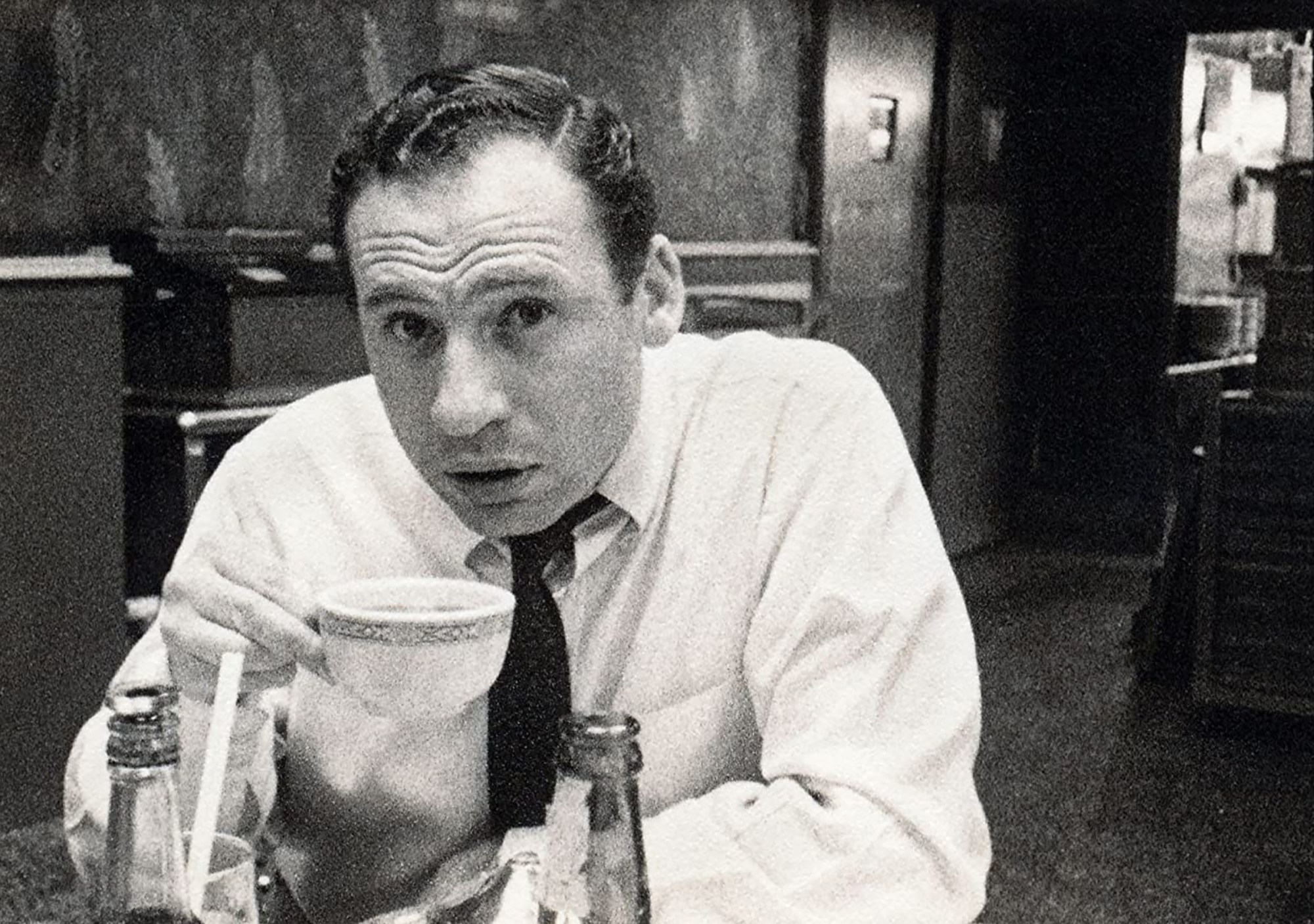
- Film
Docs: “The Automat”: The Story of a Legendary Cafeteria and Bygone Lifestyle
Once upon a time … Americans sipped coffee and ate pie around communal tables at the Horn & Hardart’s iconic Automat, where they could share their struggles and dreams with strangers they had never met before (and would never see again). Lifetimes ago, these largely working-class palaces nourished a sense of unity and community that bridged diverse social classes, languages, genders and races in the increasingly rising urban melting pots of the East Coast.
Lisa Hurwitz’s documentary, The Automat, concerns a special kind of a cafeteria, one which was a staple for decades, attracting native New Yorkers (both celebs and ordinary folks) and visitors from all over the world.
The establishments became popular due to their innovation at the time, functioning as sort of mechanized, modern-day cafeterias. Customers could put some nickels into a slot, and out came a plate of creamed spinach, an order of mac and cheese, or a piece of a lemon meringue pie.
Premiering at the 2021 Telluride Film Fest, The Automat is a charmingly nostalgic documentary about the Horn & Hardart, one of the most original beloved restaurant chains in New York City and Philadelphia.
But clearly, the feature is much more than a chronicle of an eatery — it demonstrates how these kinds of places became socio-cultural phenomena that went beyond the realm of food and eating.
For the filmmakers, what started as a shared fascination with cafeterias and their sub-culture, turned into an incredible educational journey. As they dived deeper into the archives and heard stories told by people who experienced Horn and Hardart’s restaurants firsthand, they appreciated more and more what we once had but have since lost.
The Automat was a passion project several years in the making, with hundreds of hours of interviews and archival research. The background of director and producer Hurwitz is in arts administration. She directed the 2012 and 2013 Olympia Film Festivals and was Executive Administrator at Bumbershoot 2014, Seattle’s Music & Arts Festival.
Her point of departure was a 2001 Ph.D. dissertation, upon which the film was based. “Trapped Behind the Automat: Technological Systems and the American Restaurant, 1902-1991” by Alec Shuldiner. The author then served as producer and historical consultant in adapting his dissertation for the screen. Alec had lived for many years in the Netherlands, where automat machines can still be found.
The histories of these places are seen from the diverse perspective of such former customers as cult filmmaker Mel Brooks, Starbucks founder Howard Schultz, Supreme Court Justice Ruth Bader Ginsburg, Secretary of State Colin Powell, the Horns, the Hardarts, and even key employees. The documentary also features an original new song, written and performed by Mel Brooks.
The footage chronicles a business climbing to its peak success, only to start declining when it was forced to grapple with fast food, which forever changed the culinary and, by implication, the social landscape of post-industrial America. Since the last Automat closed in 1991, it makes sense to go back in time. The story begins in a booming Philadelphia in the late 1800s. White-collar workers are flooding into the offices of newly built skyscrapers, and there is a need for lunchrooms to quickly and decently feed multitudes of people.
The entrepreneurs Joseph Horn and Frank Hardart seized their chance and opportunity. By the early 1900s, they built a thriving chain of small restaurants and cafeterias, the latter a brand-new trend of its own. Hardart brought back from Europe the inspiration for the Automat, a “waiterless” cafeteria. His ideas proved to be enormously popular, making the Horn and Hardart chain the dominant American restaurant company for the next half-century.
Known as the Kings of the New York and Philly restaurant scenes, the Automats fed millions throughout the Depression and two World Wars, serving all comers in various palaces of marble, silver, and steel. The notion of good food served cheap, and the enduring thrill of the automat machines themselves won the Automat a place in our culture and hearts alike.
The viewers are invited to travel back in time to experience a unique piece of America’s history, an exciting story that may seem strangely archaic but also illuminating. More than just entertainment, The Automat is a parable of how Americans once dined happily together before turning to the isolated and unhappy experience offered by fast food and drive-ins a bad deal that no amount of commercial advertising can disguise.

